Parts Of Braces
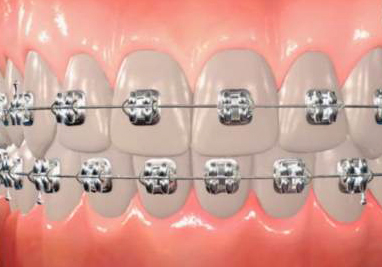
A metal wire which is attached to your brackets to move your teeth.
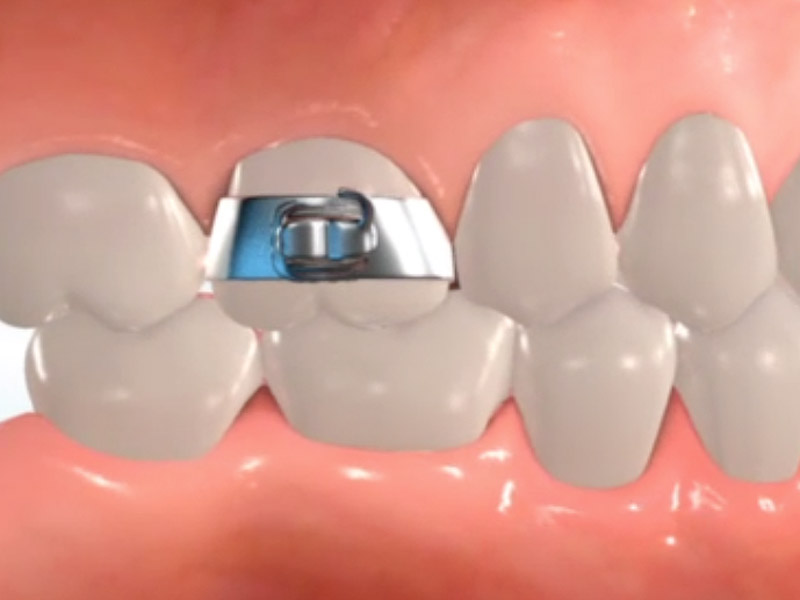
Bands are a ring of metal, which fit around the molars and sometimes premolars. The bands are selected from a range of sizes in order to find the tightest fitting band. The bands are sealed in position using dental cement that contains fluoride to prevent any decalcification during treatment.
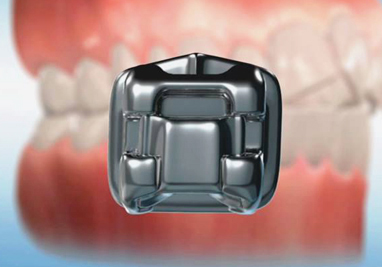
Brackets are the small metal or ceramic modules attached to each tooth. They serve as guides to move the teeth and hold the archwire in place.
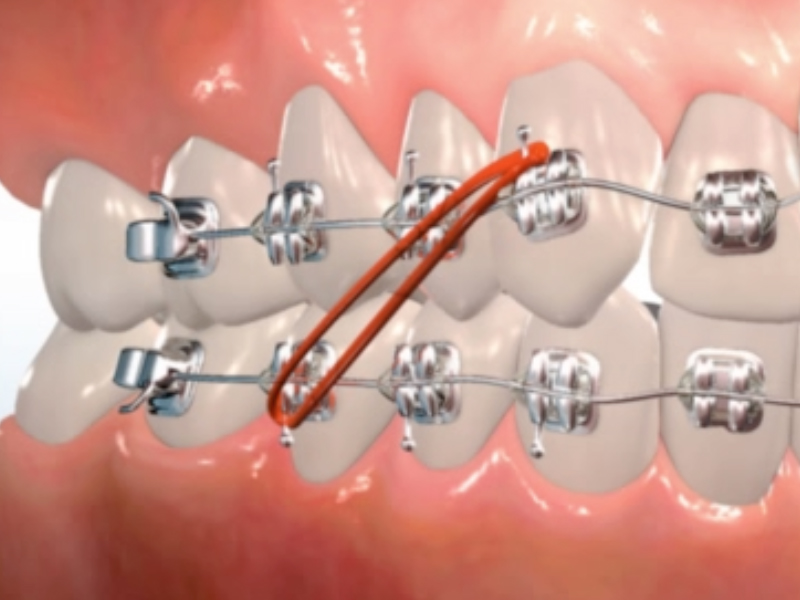
Elastics or rubber bands for braces help move the upper and lower teeth relative to each other, ultimately achieving a better bite. The orthodontic rubber bands are typically effective for correcting overbites, underbites, or other types of alignments of the jaw. They are also useful for moving a tooth out of alignment or to close a space in the mouth.
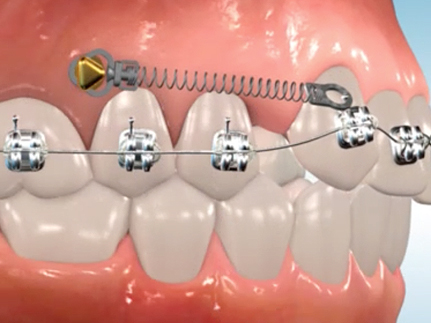
A welded or removable arm on a bracket or archwire to which elastics are attached.





